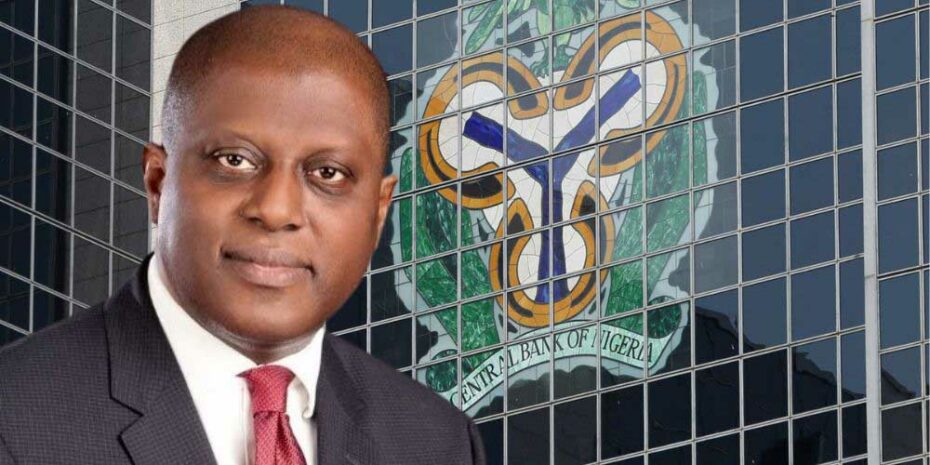Cardoso’s banking consolidation to drive NGX’s N3 trillion expansion

20 years after the first banking consolidation that led to significant expansion of the capital market, the Yemi Cardoso led Central Bank of Nigeria (CBN) is set to drive the next wave of growth on the NGX. Already, two of the largest banks in the country have provided signs of what is to come in the next 18 months as all the banks seek to meet the new minimum capital requirements by March 2026. As shown in Table 1, the CBN is raising the minimum capital requirements by 1000% in some instances and provided three options for the banks to meet the new requirements or upgrade or downgrade their authorisations. They could inject fresh equity capital through private placements, rights issues, or offer for subscription; through mergers and acquisition; and or upgrade or downgrade of licenses. Virtually all analysts spoken to by ThinkBusiness Africa reckon that the banks will prefer the first option provided in the CBN memo. Fidelity Bank was the first to approach the market since the directive in March 2024. On Thursday, 20th of June, Fidelity Bank opened its latest public offering to the Nigerian investing public. The bank seeks to raise N127 billion through the offering of 10 billion shares of 50 kobo each at N9.75 per share and 3.2 billion ordinary shares of 50 kobo at N9.75 per share. The bank’s market capitalization at offer price was N312 billion and upon completion, the bank will have a market capitalisation of N409 billion. The expectation is that the bank will return to the market ahead of the March 2026. The directives, as contained in the CBN directive of 28 March 2024, as shown in table 1, will mean an incredible expansion of the NGX All share index (ASI). Indeed, following Fidelity, Access Bank has followed up with plans to raise N351 billion by way of rights issue of 17.772 billion ordinary shares of 50 kobo at N19.75 per share. Table 1. Minimum Capital Requirements for Nigerian Banks Effective March 2026 Type of Bank Authorisation Minimum Capital Commercial International N500 National N200 Regional N50 Merchant National N50 Non – Interest National N20 Regional N10 Analysts spoken to by ThinkBusiness Africa reckon the most attractive option for most of the banks is to raise additional capital required through rights issues or offer for subscription. Most of the banks have developed and built different cultures that make mergers and acquisitions unlikely. They have also developed massive presence on the stock market that makes it very feasible to raise additional capital through the capital market. Unlike in 2004 /05, the total number of banks are small. In 2005, the number of banks were reduced from 89 to 25 after the consolidation exercise was completed. More importantly, most of the banks today have a track record of raising capital in the market, already established, pay dividends, and have significant headroom for going it alone. Mergers and acquisitions are not attractive options compared to 2005. Indeed, with two of the biggest banks raising an estimated N500 billion in two months, the NGX ASI could expand by as much N2 – N3 trillion on the back of the consolidation exercise by the governor of the CBN, Yemi Cardoso. Fig. 1. All Share Index of the NGX 2004 – 2014. There are many aspects of the consolidation exercise that should excite, not only the investing public, but the public in general. The first and obvious one is that the banks will become stronger, with small ratios of non-performing loans (NPL) compared to when the exercise started. Second, it demonstrates the enormous capacity of Nigeria’s capital market to raise an estimated N3 trillion in less than 24 months. Third, the Cardoso initiative is providing a great avenue for savings and investments in the country. Fourth, the exercise provides an avenue for the mop of liquidity in the Nigerian economy for savings and investments, rather than consumption. Fifth, the consolidation exercise will also support the macroeconomic stability efforts of the CBN since it provides another avenue for the liquidity, rather than the demand for US dollar.


